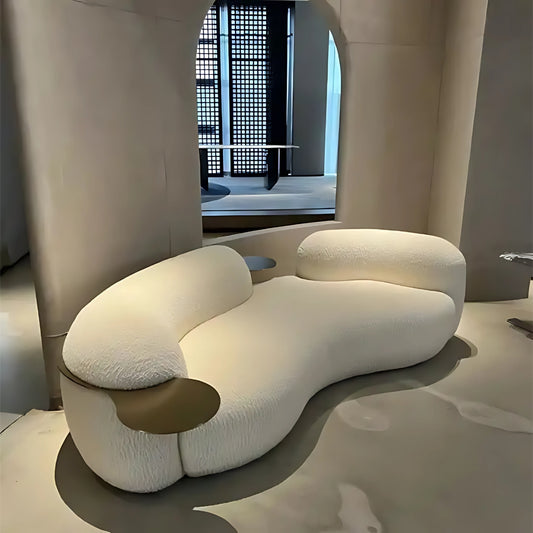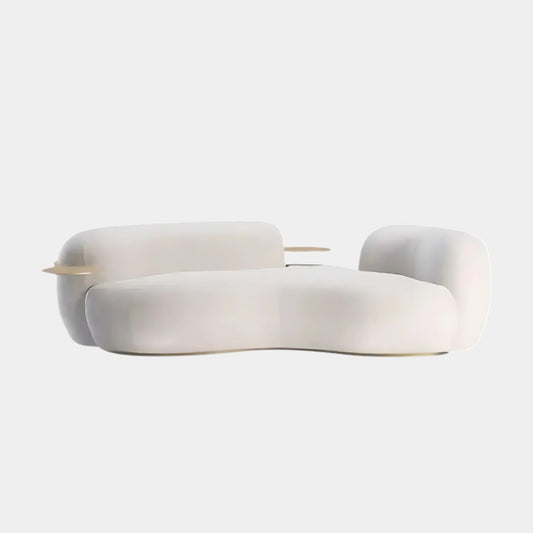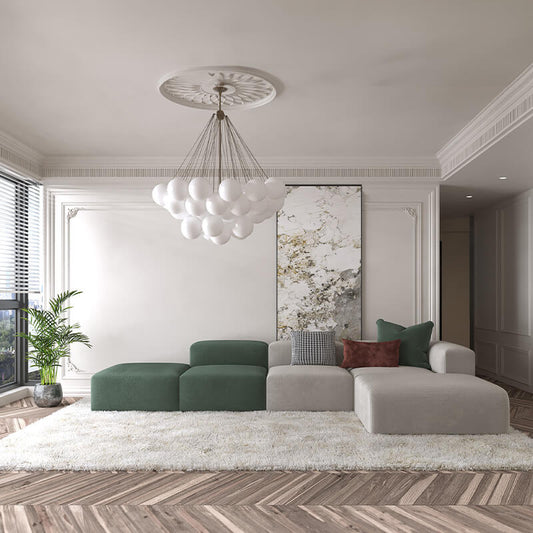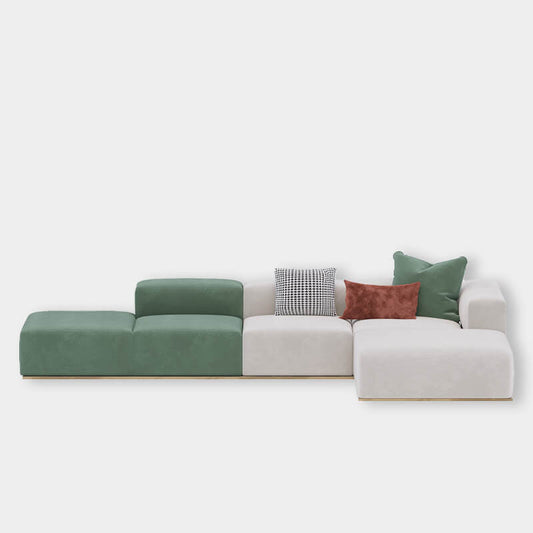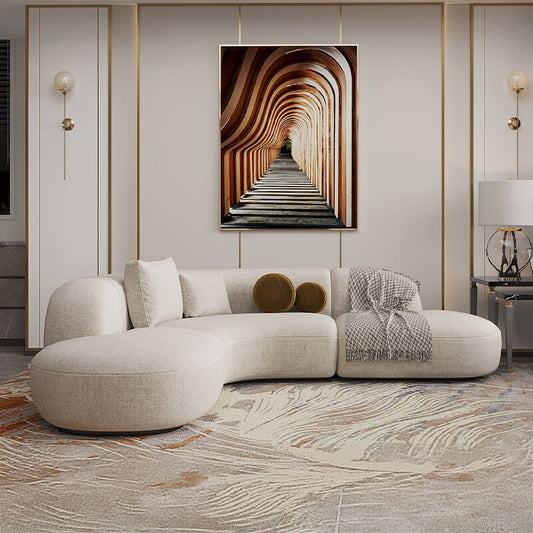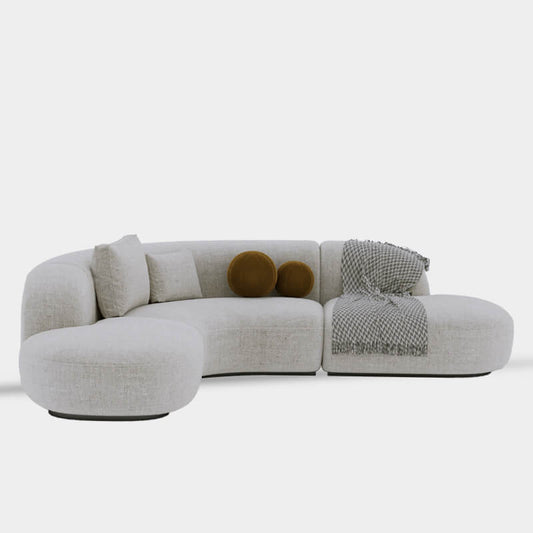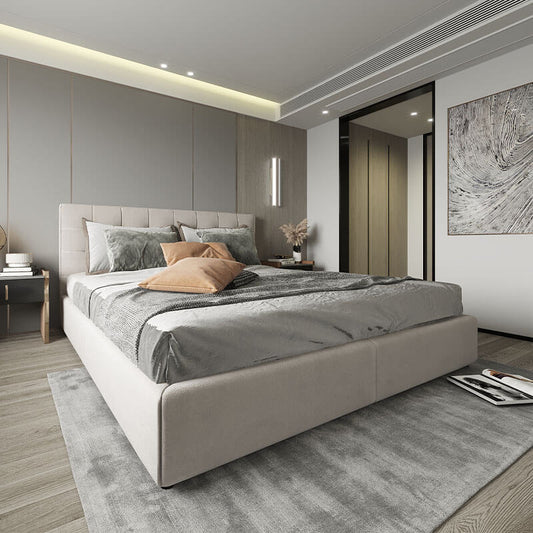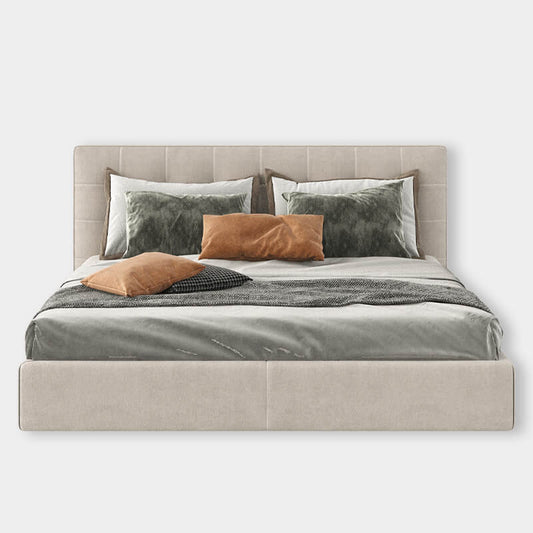A well-designed modular kitchen is more than just a cooking area; it’s the heart of the home. Combining style, functionality, and efficiency, modular kitchens have revolutionized how we approach home design. Whether you’re renovating or planning a new home, a modular kitchen can make a significant difference. This comprehensive guide’ll explore the benefits, design ideas, materials, and tips for creating your dream modular kitchen.
Transform Your Space with a Stylish Modular Kitchen
Benefits of a Modular Kitchen
1. Space Optimization
The goal of modular kitchen design is to maximise the amount of space that is available. Every inch is utilized efficiently with customized cabinets, pull-out shelves, and corner units.
2. Stylish and Modern Aesthetics
With sleek finishes, vibrant colors, and contemporary designs, modular kitchens add a modern touch to your home.
3. Customization
You can customize your kitchen to suit your lifestyle, cooking habits, and family needs. Choose layouts, colors, and materials that match your preferences.
4. Ease of Maintenance
Modular kitchens are easy to clean and maintain, thanks to their detachable components and smooth surfaces.
5. Durability and Longevity
High-quality materials used in modular kitchens ensure they stand the test of time, making them a long-term investment.
6. Enhanced Functionality
Features like built-in appliances, efficient storage solutions, and ergonomic designs make daily cooking tasks hassle-free.
Key Components of a Modular Kitchen
1. Cabinets
Cabinets form the backbone of any modular kitchen. Available in various materials like plywood, MDF, and stainless steel, cabinets can be customized to suit your needs. Consider soft-closing hinges and handle-less designs for a sleek look.
2. Countertops
Popular choices for countertops include granite, quartz, and marble due to their durability and staining resistance. Choose a material that complements your kitchen’s color scheme and usage requirements.
3. Storage Solutions
Modular kitchens offer innovative storage options like pull-out drawers, corner carousels, pantry units, and overhead cabinets to maximize space.
4. Backsplashes
A stylish backsplash can elevate your kitchen’s aesthetic. Options include tiles, glass, or stainless steel, which are not only visually appealing but also easy to clean.
5. Appliances
Integrated appliances like built-in ovens, microwaves, and dishwashers seamlessly blend into the kitchen design, ensuring functionality without compromising aesthetics.
6. Lighting
Layered lighting is key in modular kitchens. Task lighting under cabinets, ambient lighting for the room, and accent lighting for highlights create a balanced and functional space.
Popular Modular Kitchen Layouts
1. Straight Kitchen
Ideal for small spaces, this layout features cabinets, countertops, and appliances aligned on a single wall, offering a compact yet functional design.
2. L-Shaped Kitchen
The L-shaped layout is versatile and suits both small and large spaces. It provides ample countertop area and efficient storage.
3. U-Shaped Kitchen
Perfect for larger spaces, this layout surrounds the cook with cabinets and countertops on three sides, offering maximum efficiency.
4. Island Kitchen
An island adds extra countertop space and can be used for prepping, dining, or as a focal point. For homes with an open floor plan, this style is perfect.
5. Parallel Kitchen
Also known as a galley kitchen, this layout features two parallel countertops, maximizing storage and workspace in narrow areas.
6. Peninsula Kitchen
Similar to an island kitchen but with one side attached to the wall, this layout is great for smaller homes seeking additional workspace or dining areas.
Materials for Modular Kitchens
1. Plywood
Durable and water-resistant, plywood is the most popular choice for cabinets. Ensure you select marine-grade plywood for kitchen areas prone to moisture.
2. MDF and HDF
Medium-density fiberboard (MDF) and high-density fiberboard (HDF) are cost-effective options for kitchen cabinets. While less durable than plywood, they are available in a variety of finishes.
3. Stainless Steel
Highly durable, easy to clean, and resistant to moisture, stainless steel is perfect for industrial-style kitchens.
4. Laminates
Laminates are widely used for cabinet finishes due to their affordability, variety, and low maintenance.
5. Glass
Frosted or tinted glass is often used for cabinet doors to add a touch of elegance while keeping contents visible.
Design Tips for a Stylish Modular Kitchen
-
Focus on Functionality: Ensure your kitchen layout follows the work triangle principle, which keeps the sink, stove, and refrigerator within easy reach.
-
Choose Neutral Base Colors: Neutral colors like white, beige, or gray create a timeless look and can be paired with bold accents.
-
Add a Pop of Color: Incorporate vibrant hues like yellow, teal, or red for a contemporary feel.
-
Optimize Lighting: Use a combination of natural light, task lighting, and decorative fixtures to brighten up the space.
-
Invest in Quality Hardware: Durable hinges, handles, and sliders ensure smooth functioning and longevity.
-
Maximize Vertical Space: Use tall cabinets and overhead storage to make the most of your kitchen’s height.
-
Include Smart Storage: Install pull-out trays, cutlery organizers, and spice racks for easy access and clutter-free counters.
Maintenance Tips for a Modular Kitchen
-
Clean cabinets and countertops regularly with a mild detergent.
-
Avoid abrasive cleaners to maintain the finish.
-
Check for loose hinges and repair them promptly.
-
Use liners in drawers to protect against spills.
-
Ensure proper ventilation to prevent moisture buildup.
Transform Your Kitchen into a Stylish Haven
A modular kitchen is a perfect blend of aesthetics and practicality. By choosing the right materials, layout, and design, you can create a space that reflects your personality and meets your cooking needs by calculating cost of kitchen also. Whether you’re upgrading an existing kitchen or starting from scratch, this guide equips you with everything you need to design a stylish and functional modular kitchen.





